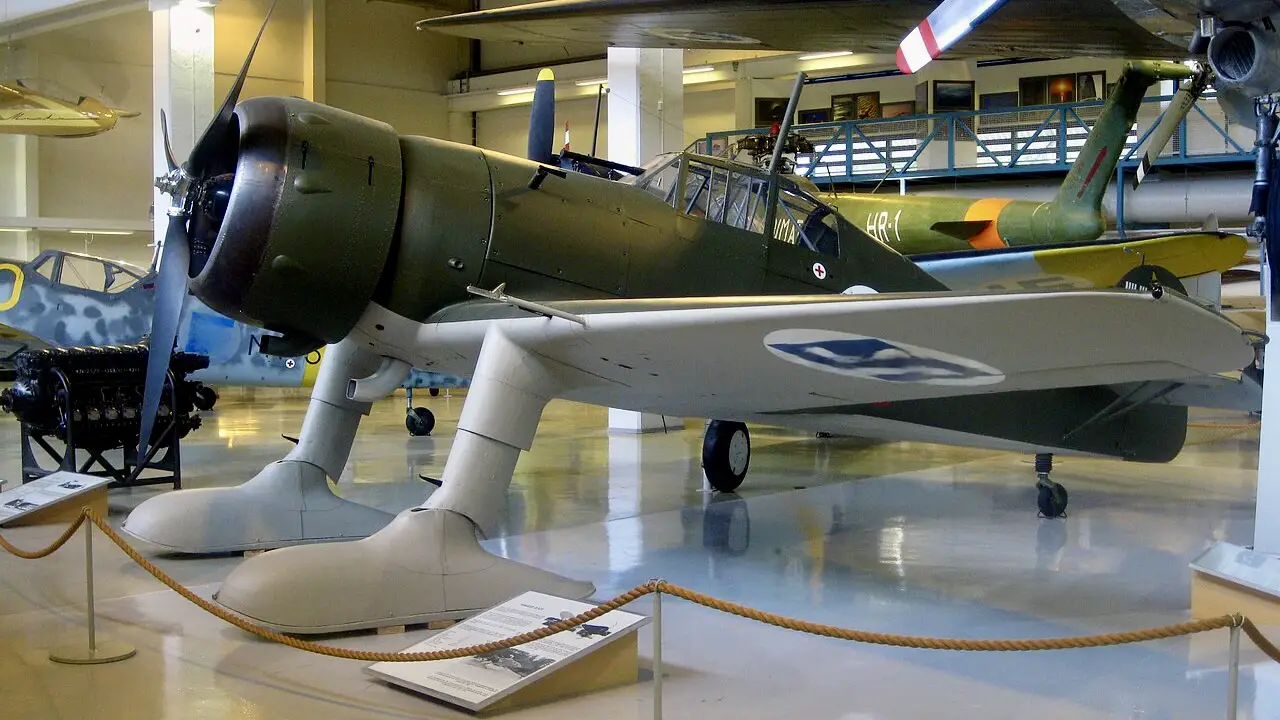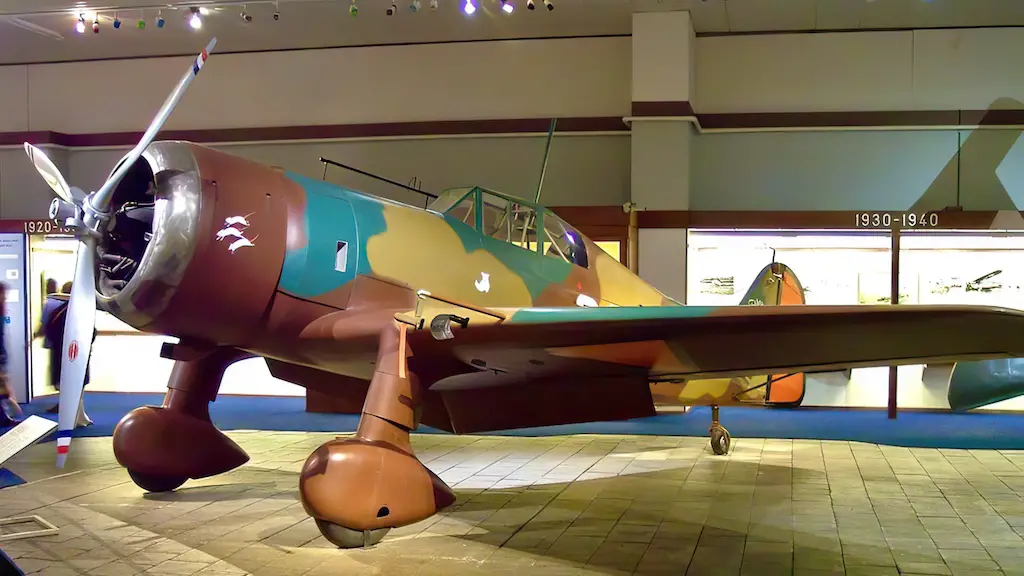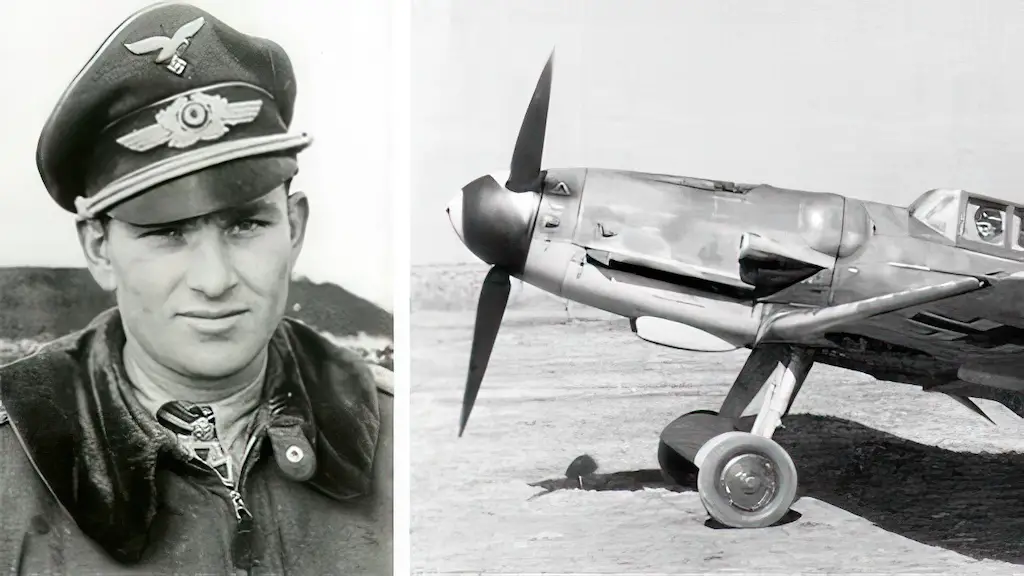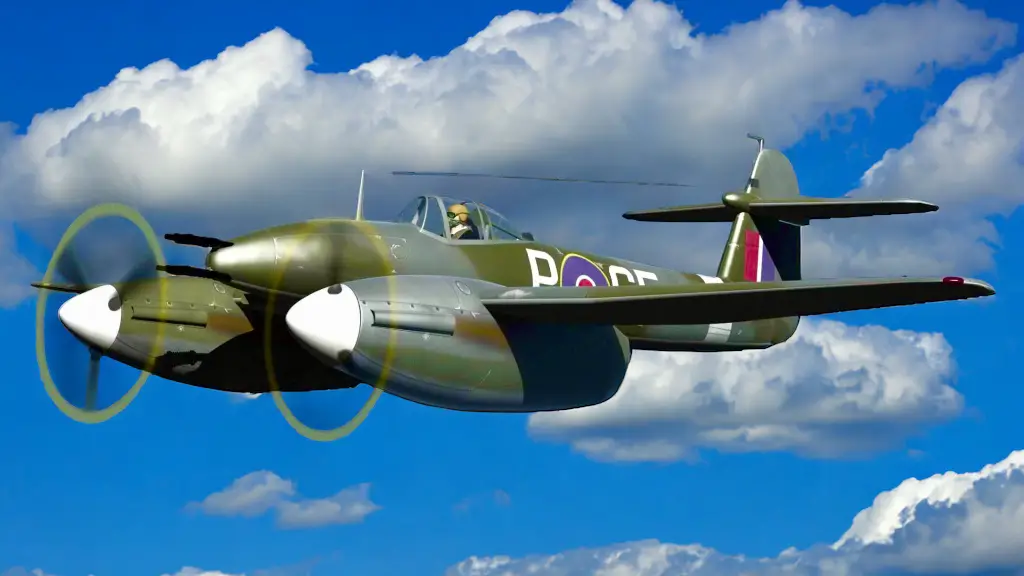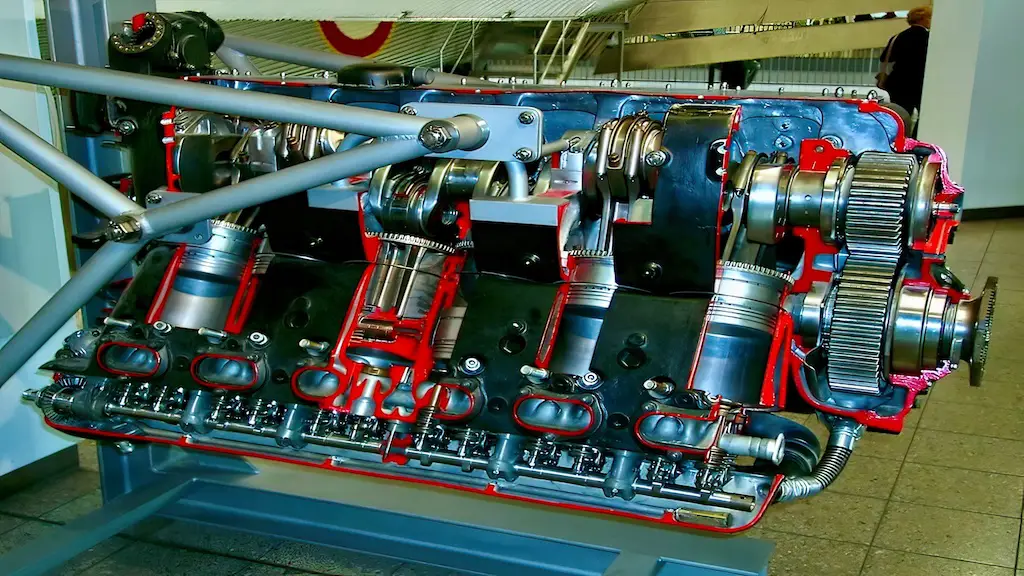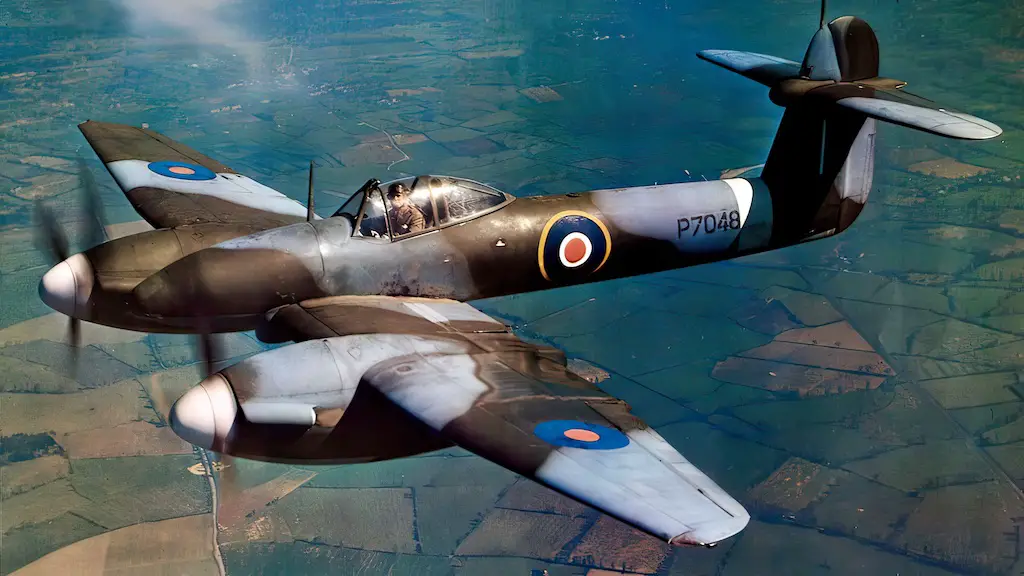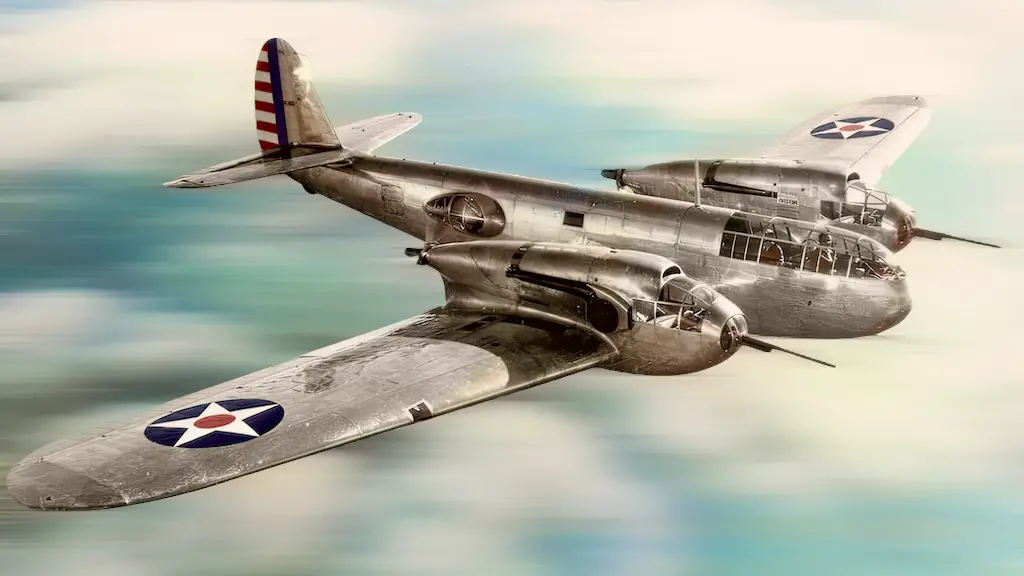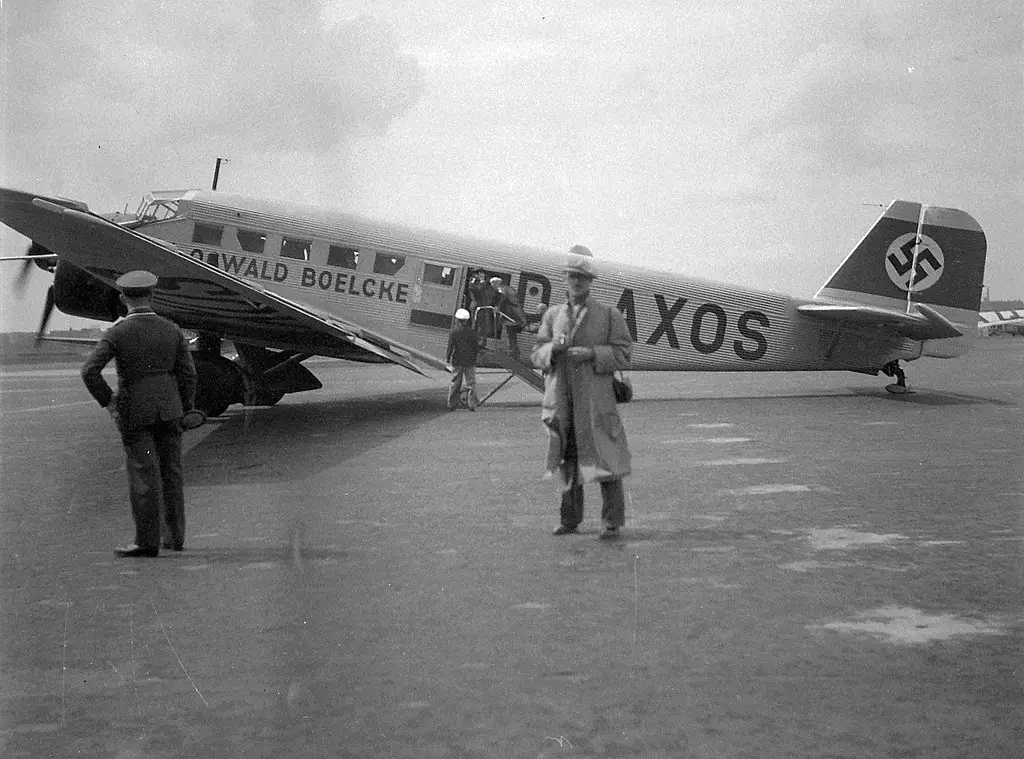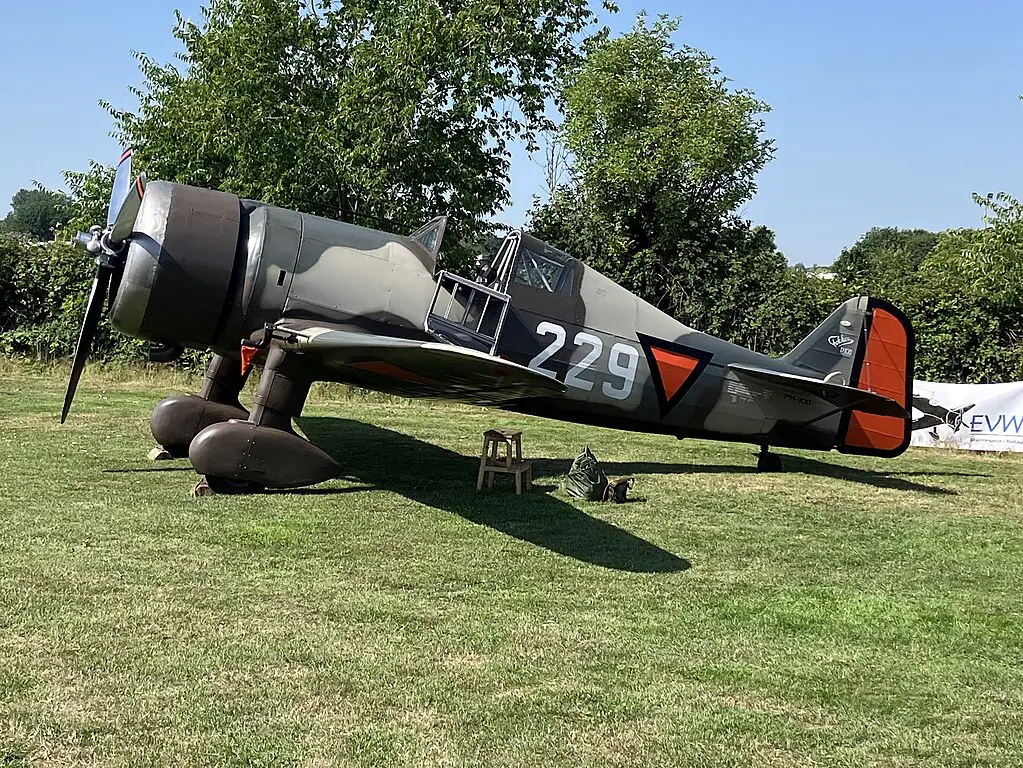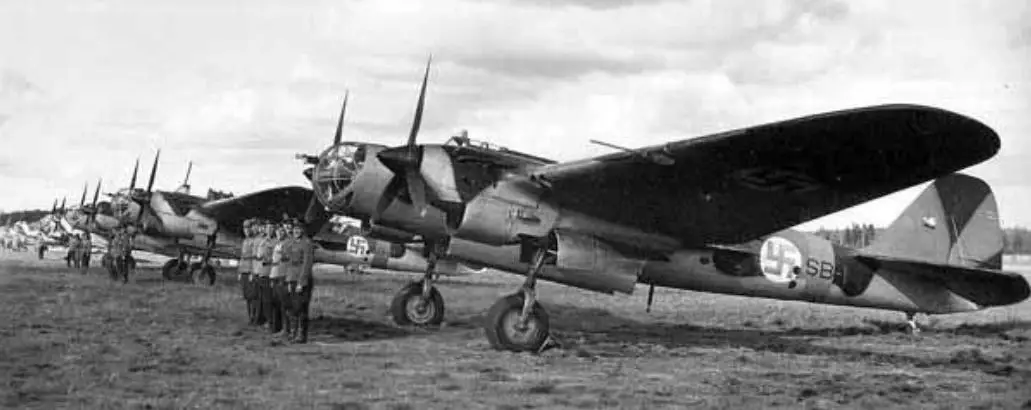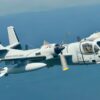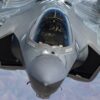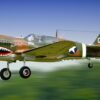Initially designed for use by the Royal Netherlands East Indies Army, the Fokker D.XXI never actually fought in South-East Asia. Instead, its combat potential was realized in the short but intense campaign mounted by the Dutch military against the invading German forces in May 1940. The fighter also had an even longer career in the Finnish air force, which flew it throughout the country’s two wars with the Soviet Union. Although by the end of World War II the D.XXI was, of course, eclipsed my much more advanced aircraft, at its outbreak it was quite a decent fighter, capable of effectively destroying contemporary German and Soviet types.
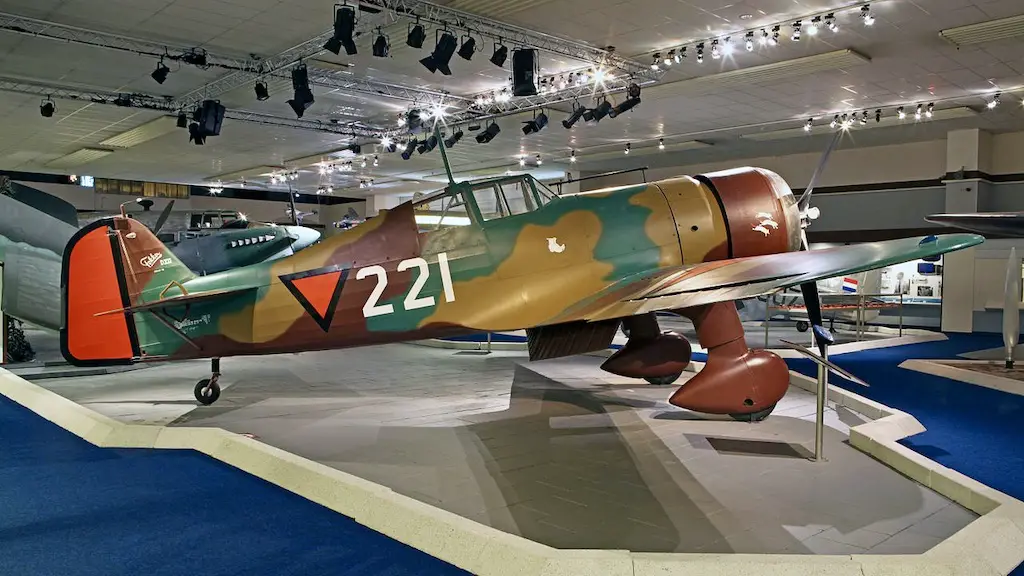
A mix of the old and the new
Created in the mid-1930s—the first prototype flew in early 1936—the Fokker D.XXI still retained some traits common to the aircraft of the 1920s and the early 1930s. For example, it had wooden wings and fixed undercarriage. On the other hand, the D.XXI also had many features characteristic of WWII-era fighters, such as a fully enclosed cockpit, fuselage made of welded steel tubes and covered with aluminum (except the rear fuselage and the tail, where fabric was still used). Given the initial specification, the aircraft’s chief designer Erich Schatzki made the D.XXI as rugged and sturdy as possible, so that it would fit well in the austere conditions of the Dutch colonies in Asia.
The aircraft was originally powered by the 825-hp Bristol Mercury VIII radial engine, which gave it a top speed of 286 mph. Fokker also made it adaptable to different engines, anticipating from the start that there may be a demand for license production of the type abroad.
The D.XXI’s standard armament consisted of four wing-mounted 7.9 mm machine guns, but, again, there was place for variation, including installation of cannons in underwing blisters.
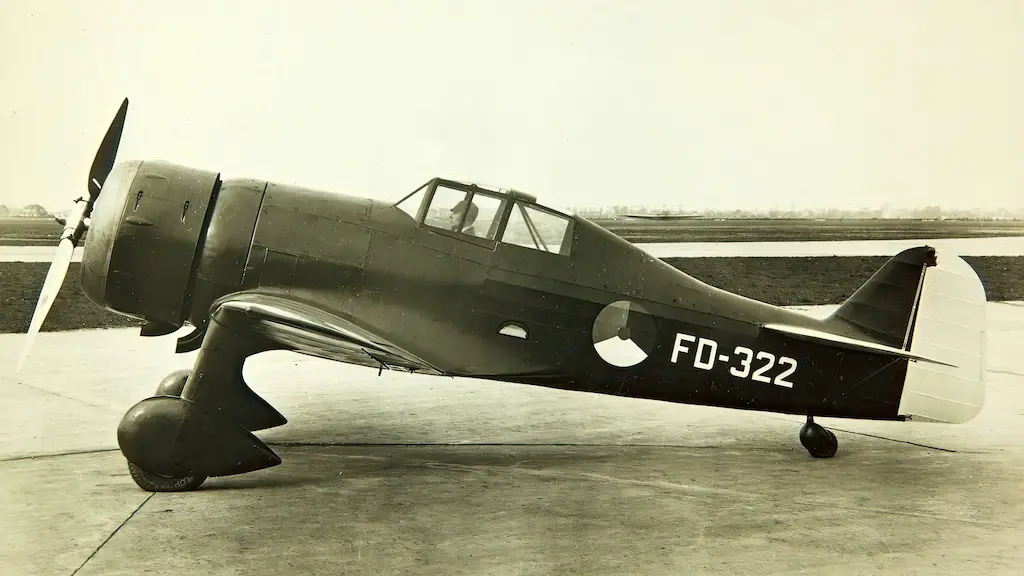
In the Finnish service
In 1939, Finland acquired seven aircraft produced by Fokker and built 35 more under license from the Dutch company. Unlike the ones procured by the Dutch military, these airframes were armed with 7.7 mm machine guns. Some were also fitted with skis for operating from snow-covered airstrips.
Just one day into the Winter War between Finland and the USSR, on December 1, 1939, a Finnish D.XXI shot down a Soviet SB bomber, marking the type’s first aerial victory. During that conflict several Finnish pilots became aces piloting the D.XXI, and Jorma Sarvanto scored as many as thirteen kills flying his Dutch-designed fighter.
During the Continuation War of 1941-44 the Finnish military had some more advanced aircraft in its inventory, including the Bf 109, but the D.XXI still played an important role, especially early in the war. In fact, Finland built almost a hundred D.XXIs more to satisfy the needs of its military’s air arm. Finland finally retired its Fokkers only by 1949.
A (would be) European fighter of choice
Another couple of D.XXIs were acquired by Denmark, which also started producing these aircraft under license, manufacturing as many as ten. However, the start of WWII and the German occupation of the greater part of Europe curbed the D.XXI’s growing commercial success. Similarly, the production of Fokker fighters by the Republican forces in Spain didn’t go further than a single airframe, as the factory in La Rabasa, Alicante, was captured by the Nationalists.
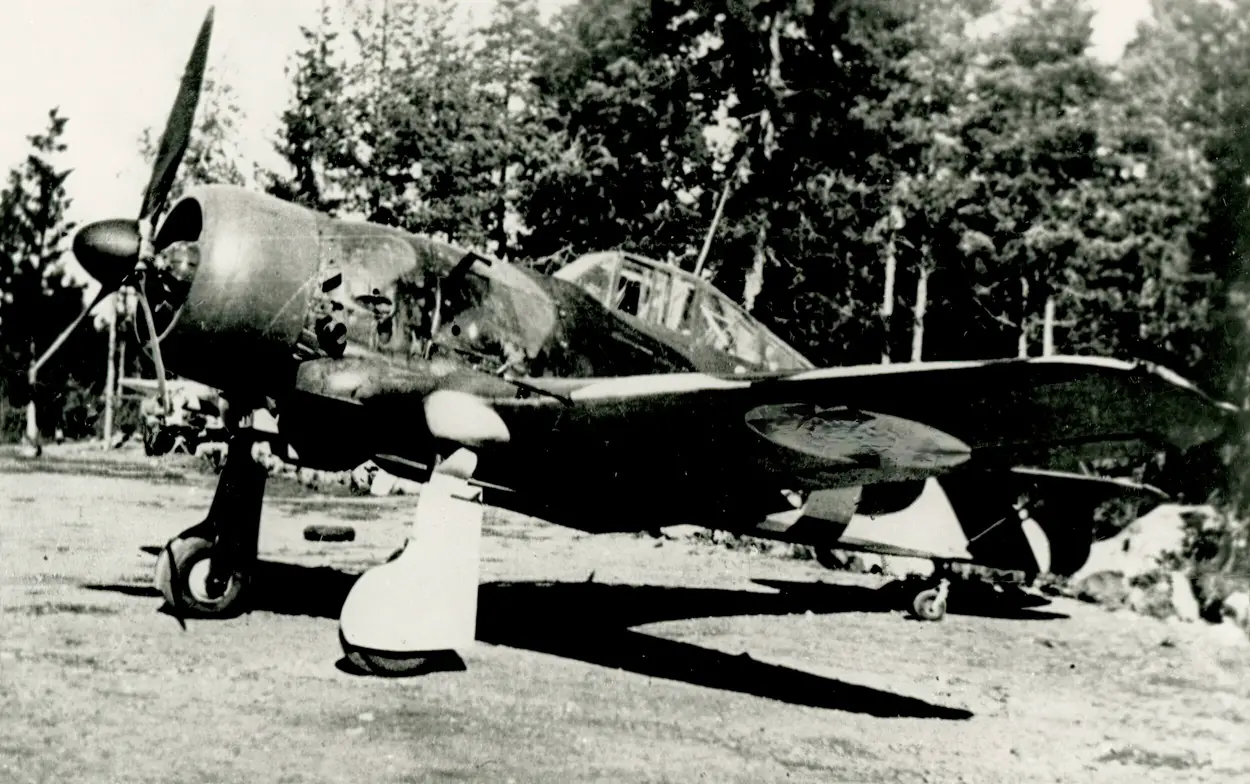
Confronting the Luftwaffe
The Netherlands government eventually decided that it didn’t need the D.XXI in the East Indies. Still, it ordered several dozen of these fighters for defending the Dutch homeland. These came handy in May 1940, when German troops rushed across the country’s border. At the time the Luchtvaartafdeling (Dutch Army Aviation Group) had 28 serviceable D.XXIs on its hands. It took the Germans just a week to overrun the Dutch military’s resistance, but even within this short time span the D.XXI proved to be a worthy warplane by scoring some remarkable victories. These included several Messerschmitt Bf 109 fighters and as many as three dozen Junkers Ju 52 transports, which the Germans used for carrying paratroopers.
